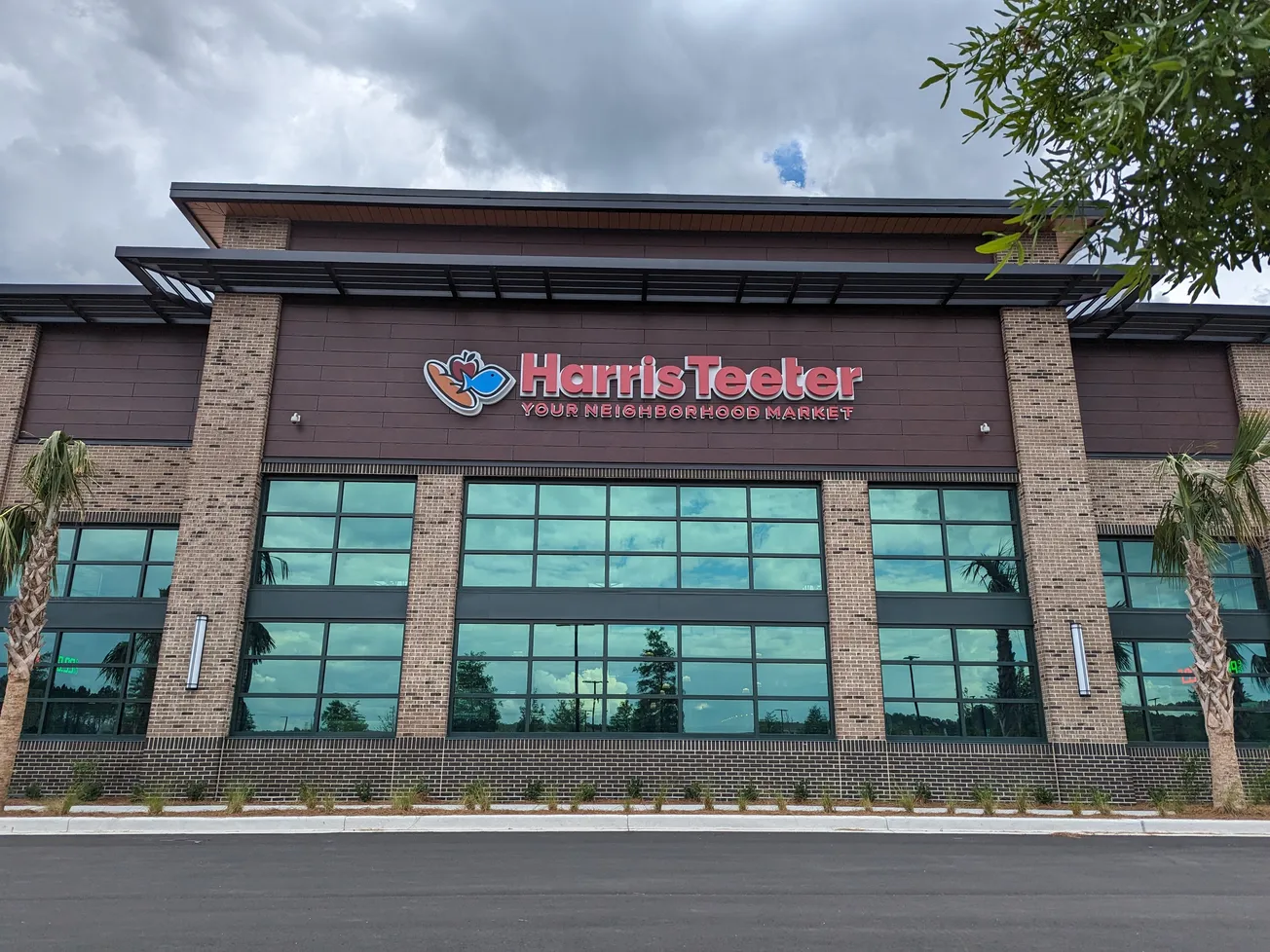MADISON, Wis. – Navitus has released their eighth annual Drug Trend Report for 2023. The report shows a year-over-year trend of 6.8% within the commercial book of business. 29% of Navitus commercial clients paid less for prescription drugs in 2023 than they did the previous year – even with inflation and the growing use of expensive new medications like GLP-1 medications.
Across market segments, clients saw a negative trend within their first year with Navitus. In 2023, new clients realized an average 11% reduction in costs compared to the previous year with a different PBM. Cost trend is the calculated year-over-year change in costs driven by how many people are using a drug and the unit cost of a drug.
Unlike traditional PBMs that profit from a portion of the rebates they receive from pharmaceutical manufacturers, Navitus passes all discounts, rebates and fees directly to customers with auditable reporting. The traditional big three PBMs and drug manufacturers obscure drug prices by steering patients to high-cost drugs while keeping rebates at the expense of plan sponsors and consumers.
“Five years ago, we left our previous PBM, one of the big three providers, and turned to Navitus to provide the transparency, insights and flexibility we need to help deliver lower-cost, exceptional service to our members,” said Brian Naiser, financial manager health & benefits services, Texas Association of Counties. “In the first year alone, we reduced pharmacy costs by 28% and continue to outperform industry trends, to date saving more than $160 million with Navitus.”
Several industry-wide trends impacted prescription drug spending, including rising drug costs and utilization in the non-specialty category, clinical advancements and the introduction of higher-cost specialty drugs and the availability of lower cost alternatives. By driving to the lowest drug acquisition price including rebates, Navitus customers realized savings from clinically appropriate, lower-cost options like generics or biosimilars when available.
“The rising drug costs and growing demand for GLP-1s were partially offset by lower-cost alternatives including specialty biosimilars and generics,” said Brent Eberle, RPh, Chief Pharmacy Officer at Navitus. ”Plans are depending on Navitus to provide transparency to drug cost to help them make informed decisions and weed out needless expenses so they can pass along savings to their employees and members.”
Diabetic GLP-1 medications were the biggest contributor to trend growth in 2023. A Navitus diagnosis check program helped combat off-label use of GLP-1s, mitigating 30% of prescriptions being filled without an appropriate diagnosis.*
The launch of biosimilar products for Humira (adalimumab) reduced drug spend for clients with utilizing members. These injectable biologic drugs have proven very helpful for inflammatory diseases like arthritis or Crohn’s Disease, but biosimilars are just now reaching wide adoption. These are expected to significantly lower costs in 2024, as utilization shifts drive the industry towards more competitive pricing.
While a generic version of Vyvanse (lisdexamfetamine) was released for the treatment of ADHD, drug shortages reduced competition and limited the opportunity for price reductions.
Generic launches for multiple sclerosis treatment and strong generic utilization rates across oncology contributed to savings in the specialty category.
“We continue to strengthen our transformative pass-through approach to provide our clients with a lowest-net-cost formulary and supportive clinical care model,” said Eberle. “With this system in place, our utilization, formulary and network management continue to perform at a higher level, resulting in improved health and even more savings.
*Due to varying coverage decisions by clients, GLP-1s for weight loss were not included in the Drug Trend Report, yet they still warrant thoughtful consideration and conversation in the overall picture of trend and future decisions.






